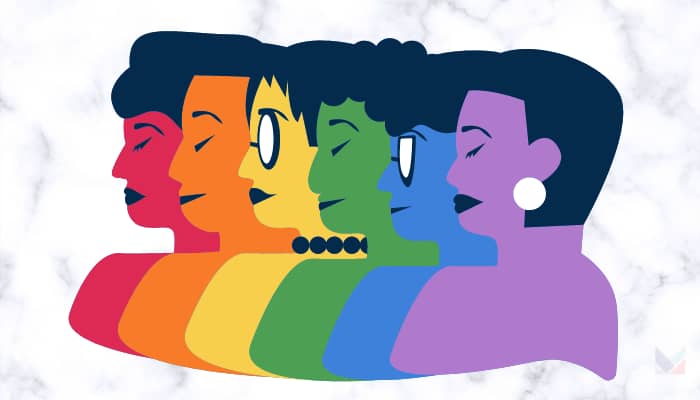Sydney, Australia – Few days left for the observance of Pride Month this June, yet new data from LGBTQIA+ media advocacy organization GLAAD and visual communications company Getty Images shows how even developed regions, specifically in the ANZ region, have low or stereotypical representation among visual storytelling in their respective markets.
According to their findings, 30% of such visuals depict gay men as ‘feminine’ and 31% of such visuals depict lesbian women as ‘masculine’. They also noted that 36% of such visuals depict gay men as ‘flamboyant’ and 25% of such visuals depict LGBTQ+ people carrying the rainbow flag in some capacity.
Consumer-wise, while 8 in 10 ANZ consumers say they expect brands to be consistently committed to diversity and inclusion, only 4 in 10 feel accurately represented.
According to Kate Rourke, head of creative insights for Asia Pacific at Getty Images and iStock, Australian and New Zealand brands have a great opportunity to look beyond token opportunism, and create and use visuals that effectively reflect and speak to the LGBTQ+ community – without fear of backlash or to simply ‘tick a box’.
“Brands that continue to use cliched visual stereotypes to minimise risk of offending the more conversative customers, will do more harm in the long run. Our society is constantly evolving and changing. Our recent research also revealed that for Australians and New Zealanders the top way they know a company is truly committed to diversity and inclusion is by consistently showing a wide range of people, lifestyles, and cultures in their communications. Ignoring these cultural changes means they will lose out to their competitors in the long run,” Rouke stated.
That reliance has left some advertisers feeling hesitant when it comes to proactively depicting the LGBTQIA+ community in their campaigns and communications, especially outside of events like Mardi Gras.
In response, Getty Images’ has recently released its ‘LGBTQIA+ Guidebook for Inclusive Visual Storytelling’ that gives brands and businesses practical recommendations for confidently making more inclusive visual choices when depicting the broader LGBTQIA+ community.
“Our hope for the Guidebook is to empower businesses to step up and depict the LGBTQIA+ community in authentic and thoughtful ways, rather than relying on often overused stereotypes. This can be as simple as choosing visuals of real LGBTQIA+ people in their daily lives such as walking a dog, going to school, at work, cooking, running errands, even grabbing a coffee or doing laundry,” Rourke added.

